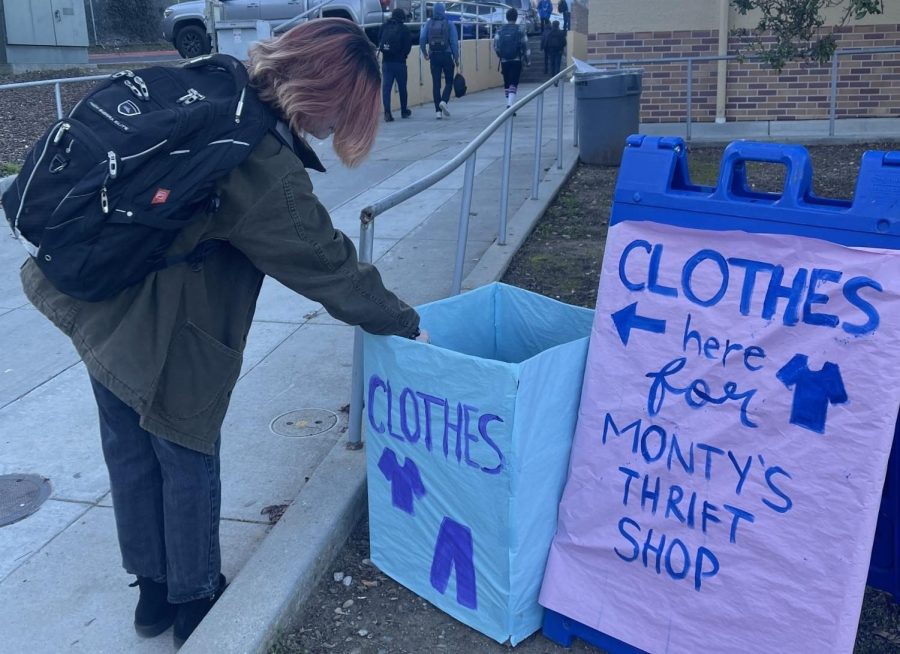In the modern world, many find shopping at thrift stores to be a worthwhile activity for economic and environmental reasons.
Thrifting includes shopping at second-hand stores, garage sales, or flea markets to find gently-used items at discounted prices. While some thrift stores sell furniture and other household items, clothes are the most popular item.
In recent years, thrifting has gained popularity primarily because it is cost-effective and sustainable, but the appeal is different for everyone. As thrifting becomes a more mainstream hobby, there is increasing concern about overconsumption, with people buying items only to participate in the trend.
The fashion industry is responsible for roughly 10% of carbon emissions and is the second-largest consumer of the world’s water supply. The average American generates around 82 pounds of textile waste annually. This adds up to more than 11 million tons of textile waste produced by the U.S. every year.
In the fast fashion industry, there are also many examples of the mistreatment of workers.
Compared to fast fashion, thrifting is greener. It reduces textile waste because it does not create demand for more materials; the items already exist. Thrift stores give back to the community and offer goods to the public at a fraction of the retail price.
But thrifting is different from shopping in a retail store.
In a brick-and-mortar, or traditional thrift store, the clothes are not organized by trends, so every piece speaks for itself. One can be creative and have greater individuality.
Thrift shops also create jobs and many are often nonprofits supporting charitable causes.
Take Goodwill, for example. Goodwill Industries is a nonprofit with a mission to provide job training, career services, and education for people in need of employment. They have locations all over the U.S. and in a dozen other countries. Unlike other thrift stores, they sell almost anything.
ThredUp is another popular store, although it is online. Like some thrift stores, it takes donations and pays people a small fraction of the price. The company reportedly processed 125 million items in 2021 and supplanted 1.1 billion pounds of carbon emissions.
However, there are also downsides to thrifting. Not all thrift stores are clear in their practices and goals, nor do they report what they do with the donations they decline or items that are not sold.
Since sustainability is trendy, the number of people thrifting has increased in recent years. With an increase in demand, prices have gone up, especially on heavier items like sweaters and coats.
However, if thrifting is practiced in moderation, it can be a fun and sustainable way to shop.












